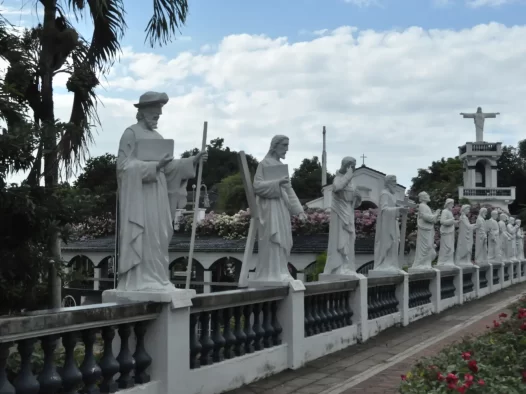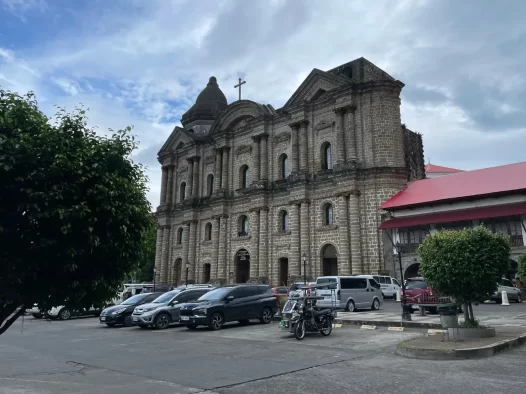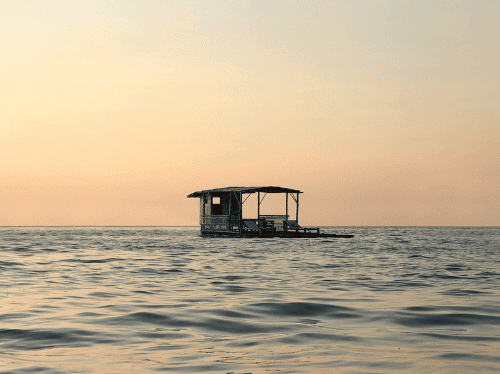Santa Teresita
Santa Teresita is a captivating destination that offers a serene getaway for travelers in search of a unique and memorable experience. With its natural beauty and inviting hospitality, this hidden gem charms visitors to immerse themselves in its picturesque landscapes and tranquil atmosphere. Nature enthusiasts will be enchanted by the lush foliage, scenic landscapes, and awe-inspiring views that surround Sta. Teresita. The town boasts stunning panoramic vistas, providing ample opportunities for leisurely nature walks and capturing breathtaking photographs. In addition to its natural wonders, Sta. Teresita offers a glimpse into the rich cultural heritage of the region.
Travelers have the chance to witness vibrant local festivals and celebrations that showcase the town’s cherished traditions and customs. The warm and friendly locals contribute to the destination’s charm, creating a genuine and authentic experience for visitors. Whether you seek solace in nature’s embrace or a deeper connection with local culture, Sta. Teresita promises an unforgettable journey filled with tranquility and discovery.
History and Heritage
Sta. Teresita, a recently established municipality, owes its existence to the collective efforts of prominent citizens led by Hon. Ireneo Aquino. Through Executive Order No. 454, issued by President Carlos P. Garcia on December 29, 1961, the municipality of Sta. Teresita was formed, bearing the name of its patron saint, St. Therese of the Child Jesus.
This new municipality was created by incorporating several barangays from neighboring towns, namely Taal, San Nicolas, and San Luis. The first mayor, Hon. Ireneo Aquino, undertook the task of organizing the municipal bureaucracy. Subsequent mayors, such as Mayor Norberto C. Segunial and Mayor Miguel A. Villano, contributed to the growth of the municipality by overseeing the establishment of the municipal police force, constructing the municipal hall, improving roads, and establishing school buildings.
Over the years, the municipality witnessed various developments, including the creation of new barangays and the implementation of projects aimed at enhancing infrastructure, health services, education, and electrification. Under the leadership of Mayor Atty. Adorlito B. Ginete and Mayor Ma. Aurea V. Segunial, comprehensive plans were formulated and executed to promote the town’s growth and marketability.
Through the visionary leadership of its mayors, Sta. Teresita remains committed to progress, utilizing its resources and potential to uplift the lives of its residents and foster sustainable development in the municipality.
Climate
The rainy season starts in June and ends in November. When December comes, the people experienced a very cool dawn. The summer season on the month of March to the end of May.
If you prefer a hassle-free trip, you can rent a car or hire a private vehicle for more convenience and flexibility. Public transportation, such as buses and jeepneys, is also available and can be a more budget-friendly option.
Batangas: Where history, beauty, and resilience converge, creating a tapestry of captivating stories and unforgettable moments.
Sukang Irok
Sukang Irok, a cherished Filipino vinegar made from sugar palm sap, is commonly found in upland Irukan, Santa Teresita, Batangas. Renowned for its distinct qualities, Sukang Irok stands out among Filipino vinegars. Compared to other varieties, it tends to have a milder sourness and a delightful hint of sweetness, making it a favored choice for culinary creations such as the popular dish, sinaing. With its roots deeply intertwined with the local culture and traditions, Sukang Irok represents the rich culinary heritage of Santa Teresita, Batangas. This special vinegar adds a unique and delightful flavor to various dishes, enhancing the gastronomic experience for those who appreciate the authentic tastes of Filipino cuisine.
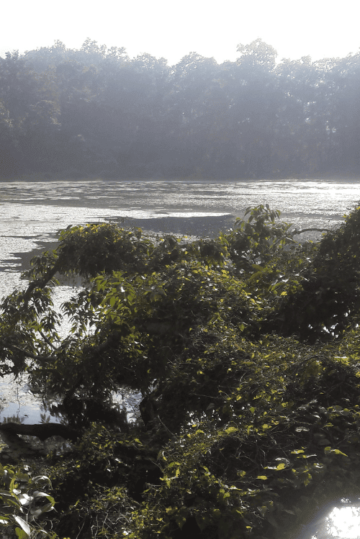
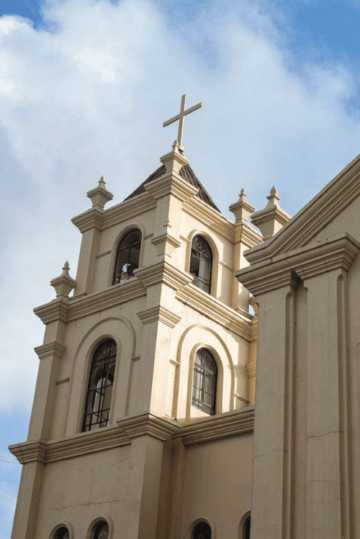
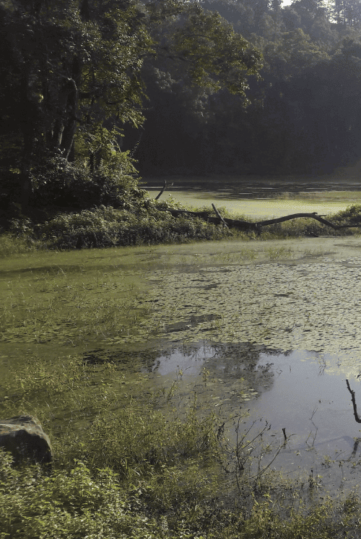
Local Attractions
Batangas in the Philippines offers a range of local attractions that cater to various interests. These are just a few of the attractions you can explore in Batangas. Whether you’re interested in history, nature, or relaxation, the city offers something for everyone.
Getting Around

Buses
Buses provide transportation for longer distances, connecting Batangas with other regions and provinces. These buses have designated terminals and offer a more comfortable option for longer journeys.

Jeepneys
Jeepneys are a staple mode of public transportation in the Philippines. They are colorful, elongated jeeps that can carry multiple passengers. Jeepneys follow specific routes and have fixed fares.

Tricycles
These motorized vehicles consist of a motorcycle with a sidecar, which can accommodate around 3 to 4 passengers. Tricycles are commonly used for short trips within the city, and fares are usually negotiable.

